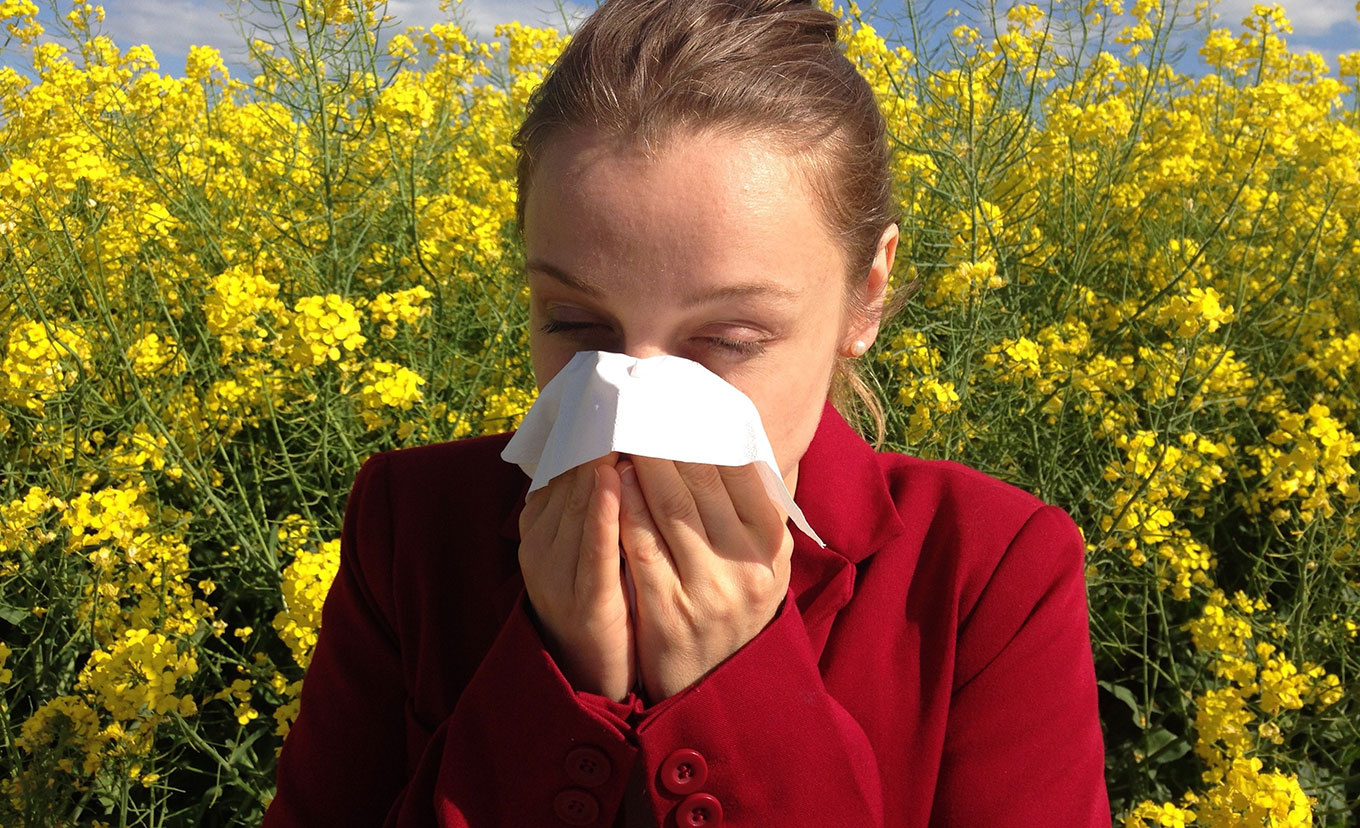
Chronic sinusitis might not seem like something you should bring up at your naturopath appointment. It’s a frustrating condition, but it often doesn’t seem like much of a red flag for other underlying problems to many patients. What many do not know is that chronic sinusitis is often caused by yeast overgrowth in various mucous membranes. It all seems a little perplexing, after all: what does yeast have to do with a stuffy nose? But this connection isn’t as mysterious as it seems. In the article below, Dr. Bristow sheds light on the connections between your sinuses and yeast, and outlines her approach to treating chronic sinusitis.
Chronic sinusitis is a very common symptom that comes up in Naturopathic appointments. It’s not often patients’ first priority, and sometimes they forget to mention it in light of other pressing issues, but these patients typically present with a collection of concerns including:
- poor digestion
- irregular bowel movements
- fatigue
- brain fog
- inability to focus
- weight gain
A few other indicators found in women are:
- yeast infections (present or past)
- UTIs
- vaginal itching during PMS
All of these signs along with chronic sinusitis tell me a lot about a patient’s gut health and indicate the likely presence of a yeast overgrowth.
What Is Chronic Sinusitis? What Causes It?
Chronic sinusitis (CS) is defined as inflammation in the sinus area that lasts longer than 12 weeks. The inflammation does not need to be severe to indicate a problem; for many, it’s a constant mild to moderate irritation that gets a little worse or a little better depending on changes in the weather, the person’s stress, and their diet. Patients also tend to suffer from worsening congestion when they get a cold, which may lead to an acute sinus infection. Most individuals do not realize that their chronic nasal congestion originates from their gut.
The Mayo Clinic published an article stating that 93% of all cases of CS were mold or fungal related. The researchers studied 210 patients with chronic sinusitis. Using new methods of collecting and testing mucus from the nose, they discovered fungus in 96% of the patients’ mucus. They identified a total of 40 different kinds of fungi in these patients, with an average of 2.7 kinds per patient.1 The clinic test results echo what I see in practice: chronic sinusitis is a result of yeast in both the sinus cavities and the digestive mucosal membrane. Most individuals have little to no background knowledge of mucosal membranes, so I’m going to take a moment to explain the importance of these membranes and outline how they function within the body.

Mucosal Membranes:
Mucosal membranes are important barriers that line the nose, mouth, lungs, urinary, vaginal, and digestive tracts. These membranes are laced with tight-knit cells that release a moist, sticky substance called mucus. The purpose of mucus is to cover and protect fragile cell layers below, and it traps debris. Mucus cells are meant to prevent ‘leaks,’ but damage and inflammation can cause these tight cells to loosen, allowing unwanted microbes (bacteria) to get through. In the digestive mucosal membrane, this problem is known as “leaky gut” or intestinal permeability.
The Microbiome and Candida:
Each location with a mucosal membrane (sinus, digestion, vaginal etc) in our body has an important and unique microbiome. The microbiome is a collective of microbes (bacteria etc) which serve as an important first-line of defence against invaders. For example, in the vagina, the microbiome prevents yeast infections by limiting the supply of sugar (sugar feeds yeast organisms) to keep its population in check. These types of regulation occur on the skin, in the upper respiratory tract (including the sinus cavities), and in the gastrointestinal tract. This is why it’s very common that CS is actually a signal of yeast overgrowth–or candida, as it’s commonly called.
Conventional treatment of CS typically consists of several courses of antibiotics, corticosteroids, and antihistamines. Antibiotics are better indicated for acute sinusitis following a cold or flu. Nasal corticosteroids benefit for those with nasal polyps and CS, but not CS on its own (they also come with a risk, please read your drug labels for adverse effects). Antihistamines may be of benefit for some and not others, however with CS, it means that you are dependent on the antihistamine for improvement and therefore require this drug ongoing to manage a symptom rather than fixing the root cause.

How is Chronic Sinusitis Treated?
My primary treatment of CS includes a dietary change to eliminate sugar (including wheat, dairy, and alcohol) for at least one month. Some require a full candida diet in order to reduce their production of yeast. I also check for food sensitivities and customize the prescribed diet to suit each individual’s needs. Yeast overgrowth is treated with botanicals and nutrients that kill excessive amounts of yeast and open up biofilms. Yeast organisms protect themselves from being destroyed by hiding inside these biofilms–a protective shield created by the organisms themselves.
Biofilms are among the most interesting fields of research for the eradication of chronic diseases caused by viral, bacterial and yeast organisms. Many see biofilms as the future of medicine. Fungal drugs, including Nystatin and Diflucan, used to treat Candida, found that they were initially effective until the biofilm developed. At this point, they became less effective, and after 72 hours of the biofilm development, the candida cells were found to be highly resistant! This research indicates that drug resistance develops over time due to the biofilm development. Now researchers are seeing more common anti-fungal drugs such as amphotericin B and fluconazole developing resistance as well.2
Betaine HCL is used to increase stomach acid, for those who are candidates for this treatment and mucus busting (mucolytic), supplements are used to break down and thin out the mucus so it can be eradicated. Simultaneously, a natural compounded nasal spray targets the yeast biofilms and thins the mucus locally. Following a successful treatment, we repopulate the gut microbiome so that it can continue to do its job: supporting healthy immune function and restricting yeast overgrowth.
I treat patients from all walks of life, from infants to elders. You can click here to find out a little more about me. I also offer free meet-and-greets, which can be booked online.
References:
1 Mayo Clinic. (1999, September 10). Mayo Clinic Study Implicates Fungus As Cause Of Chronic Sinusitis. ScienceDaily. Retrieved March 4, 2019 from here.
2 Chandra J., Kuhn D.M., […], & Ghannoum M. A. (2001). Biofilm Formation by the Fungal Pathogen Candida albicans: Development, Architecture, and Drug Resistance. Journal of Bacteriology 2001 Sep; 183(18): 5385–5394. doi: 10.1128/JB.183.18.5385-5394.2001
